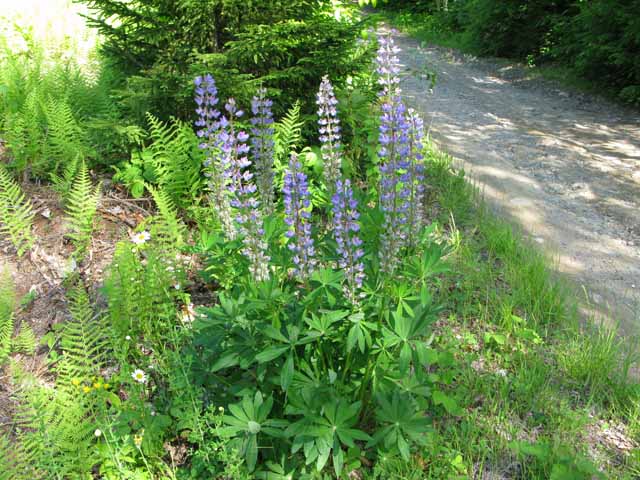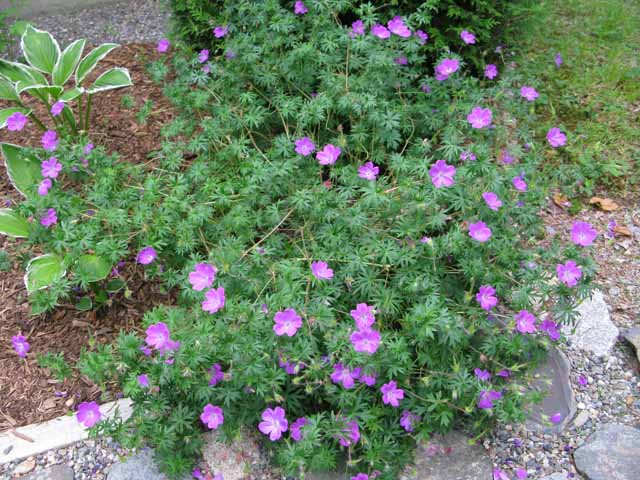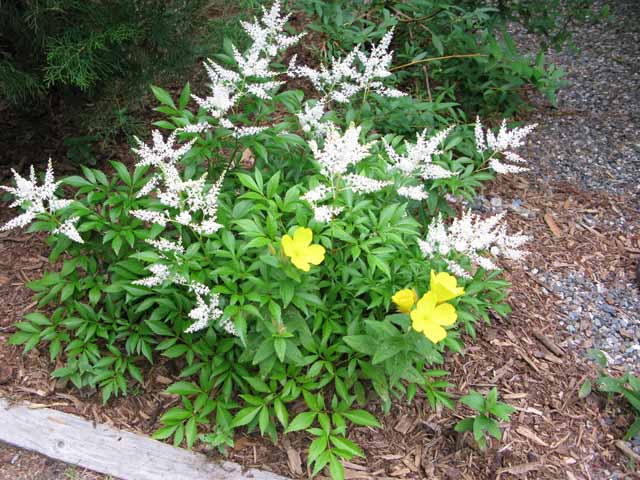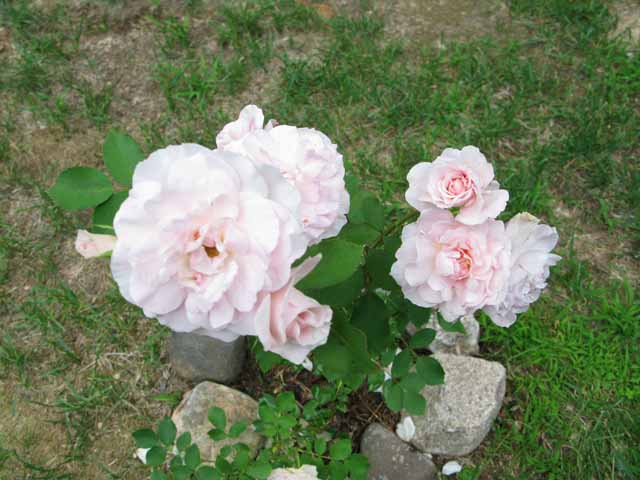|
Opening Camp for the Season
When it’s time for all buildings to be closed, systems shut down, “toys” put away, and gardens put to bed for the 8 months that we are not here on Sysladobsis Lake (Dobsie), we have become quite adept at the routines involved to accomplish this; Bill and I automatically know our roles. And so it is when it’s time to restore our home and all associated elements on our return. Of course, anticipation begins weeks before we leave Austin, during our eat-down in order to shut off our refrigerators there, and in forward thinking to maintenance needs (lined up a year ahead) and one-off trips or activities. Even though we are not here, nature doesn’t take a rest, so we never know if the non-town dirt road is going to be passable (although we now have year-round next-door neighbors) or if a tree has come down over our driveway or on one of our four buildings, or if birds have built their nest right over our door ledge (I have foiled them with permanent rocks on certain house and garage ledges), or other potential surprises. Months ago, I lined up a speaker on a topic of interest to our lake and woods community as I am responsible for the Lakeville Camp Owners Association (LCOA) educational event every year. We have had a representative from the Penobscot Indian tribe talking about their culture over the centuries (they have Trust land on our lake); another was Executive Director of the Downeast Lakes Land Trust which has succeeded through a grass roots effort to raise millions of dollars to preserve miles of lake frontage and hundreds of thousands of acres of sustainable forest, creating ongoing livelihoods for local woodsmen, habitat for animals, and trails for humans -- we have been involved in this effort which affects the whole watershed which includes our lake. This year our speaker is the former Chair of the Maine Board of Environmental Protection (BEP) and retired Deputy Commissioner of Maine Inland Fisheries & Wildlife (IF&W); he is a recognized expert on lakes and will be addressing “All Maine Lakes are Vulnerable.” Opening camp: Flying into Bangor, retrieving our baggage and picking up a rental car are first. Then, on our 1-1/2 hour drive to home, it’s a quick stop at the grocery store for something to tide us over until the next day when Bill returns the rental car in Bangor and I drive ours there to pick him up. Despite the distance, going back to Bangor gives us an opportunity to have a larger selection for filling the larder for the summer – think in terms of staples such as mustard and mayonnaise, crackers and cheeses, as well as a big slab of smoked salmon or fresh Maine sea scallops. Lobster is later in the summer, when their soft shells are easier to deal with than hard shells. When we arrive at home late on that first day, there is the battery to reconnect in our car that winters over, the electricity and propane gas (and the appliances that use that) turned on, water pumped up from the well to flush out through hoses some of the iron sediment that builds up in the well pipe, the water pressure tank and the hot water tank (not harmful but giving an orangey color), the water lines and hot water tank filled and lit (after expelling the air in the pipes), the back of the refrigerator cleaned and restarted, and ice blocks frozen for the coolers the next day. Cluster flies, that we find dead, come in through places such as dryer and hot water heater vents and take up residence when spring temperatures arrive; this requires clean-out of the bottom of the hot water heater before it can be filled and activated, and floors swept or vacuumed. That’s Day 1, going late into the evening. Day 2 is back to Bangor, doing errands in at least 4 stores, and picking up our annual flowering plants and one large grape tomato plant from the greenhouse. This is generally a full-day event, with re-planting within the next few days. Subsequent to that, 2-3 hours of mowing in the yard, with vegetation mid-calf and lots of obstacles like rock garden perimeters, must be tackled. A priority of Bill’s is getting our primary, rolling dock in the water, attaching the stairs down over the 5-foot berm and the connecting walkway; this is a several hour event that has tried our marriage more than once! We now use the winch on our 4-wheeler ATV so the dock frame doesn’t go careening down over the bank. Important for Bill is that he can use this dock for his kayak and be able to get in and out without getting his feet wet. Finding it awkward to maneuver off the dock into my kayak (I’ve gone overboard at least once), I actually like to go in off the beach, and get my feet wet, always wearing water shoes; we occasionally find pieces of glass that have floated in, perhaps from beer on winter ice-fishing adventures. Planting a garden is my priority. I have three compost bins; each will have mellowed for about 2 years before it’s used, meaning that the leaf matter will be pretty much disintegrated. In addition to our vegetable/fruit scraps, I collect leaves using the small trailer behind the 4-wheeler, and have augmented the compost the last few years with horse manure from our hair-cutter’s horse Stormy. This is hardy stuff for the garden plants, and necessary, because the roots of nearby trees have grown under the garden soil and sucked up the nutrients from previous years. So it’s a matter of gathering wheelbarrows of compost and rototilling it into the garden soil. This year I have planted turnip greens, lettuce, cilantro, collard greens (all of which I add to other salad goods when I thin the plants), green beans, basil (by the end of the summer, we have terrific pesto), and the large grape tomato plant (which as I write this, has some green tomatoes). Perennial in the garden are rhubarb (which I harvest and freeze for strawberry-rhubarb jam or pie, very traditional in New England), thyme, chives and asparagus, which is a bone of contention – Bill wanted asparagus, but he doesn’t like to get up here early enough to harvest it before it becomes ferns; so we have an asparagus fern garden most years, and get relatively few edible spears. Before we can use the 4-wheeler ATV or our motorbike ATVs (used to get the mail 1-1/2 miles away), the batteries have to be charged and reinstalled – these are some of our toys, along with 6 boats. Our big boat gets stored in Lincoln, 30 miles away, over the winter; we retrieve it soon after the dock is in. The rest – 2 kayaks, a standard canoe, a Grand Laker mahogany and ash motorized canoe, and a Phantom sailboat are all on premises, three in the basement, one in the garage, and one on an outdoor rack. Bill intends to repaint the fiberglass on the Grand Laker this summer before it goes in the water, but this means finding marine paint of the right green color. Vehicles (the car, 3 ATVs, 2 motorized boats and their 2 trailers) all have to be registered at the town office, a Wednesday event. When the water and weather warm up, we put in our other dock, a wooden affair with removable panels of decking, posts that must be affixed to hold it up, and a walkway running to the shore. This is another couple of hours of lifting, pushing and cussing, but the water feels really good, and we managed this task this week. Maintenance this summer includes replacing our deck (with 100% plastic Azek that will not need to be stained) and porches, a new garage entry door, verticals along the large garage door openings and rotting wood on our shed, in combination with sheathing it with a thin T-111 product. All of this started on Day 3 (June 1) and continues, with several weeks still to go. Our carpenter is semi-retired and doesn’t work on weekends or rainy days, so there has not been a 5-day week yet. And right now, any weather reports you are seeing for the northeast are correct – it’s in the 90s up here and the sun is searing, so he arrives about 6:30-7:00AM and has been leaving early. He’s doing a terrific job, however. At the same time, Bill and I have stained more cedar posts for this project than we care to think about. BTW, one day last week we had amazing downpours; my rain gauge registered 3-1/2”! Shades of Austin!! No North Woods Journal is complete without a few pictures. The Lupines are to the roadsides of Maine as Bluebonnets are to those of Texas. A couple of weeks ago, the highways were resplendent with large swaths of these, with the traditional purple color, some whites and the pink offspring from the combination:
This picture was taken in our “meadow” and this is the first year I have seen lupines there.
A glorious clump of Cranesbill with Hostas:
Astilbe with several yellow Evening Primrose
A lovely rose called Morden’s Blush with the best profusion of flowers it has ever had.
It looks like there will be a good crop of wild blueberries again this year. The pollinating bees are here, but no bats. We really miss our little brown bat friends who have succumbed to the white nose syndrome; in the meantime, the mosquitoes have been ferocious, the worst we’ve ever experienced in our 30 years up here. This heat has finally taken most away.
Best,
Marilyn |



